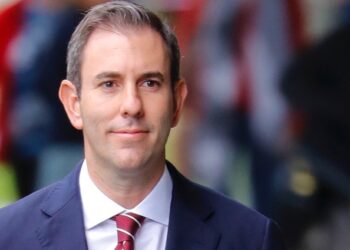While Australia ranks highly in its ability to fight against ageing and automation due to its superannuation and welfare systems, it has a mid-to-high level of automation risk when it comes to older workers, according to a report.
Mercer’s ‘Ageing and Automation Resilience Index’ found Denmark, Australia, and Sweden topped the list for its increasing active and skilled older worker populations. The bottom of the ranks went to South Korea, Italy and China.
The report found that while Australia’s labour force participation rates among older workers were lower than those in Asia, its pension fund assets as a percentage of gross domestic product (GDP) sat at 120.4% against an average 51.9%. As a comparison, China’s pension fund assets as a percentage of GDP was at 1.5%.
Mercer senior partner and co-author of the report, Dr David Knox, said it was imperative for countries to understand their resilience to ageing and automation.
“With life expectancy increasing, most individuals need to work longer to ensure they are better placed for their retirement years. But, they’re faced with the challenges of ageism in the workplace and risk of losing their jobs to automation, endangering their ability to finance their longevity,” Knox said.
“Despite Australia’s high ranking, we are not immune to these risks. While comparatively we have the lowest percentage of tasks done by older works that can be automated, at 42%, we still have a mid to high level of risk of automation to older workers.
“In other countries, older workers are at disproportionately higher risk than younger workers to automation. This, however, isn’t the case in Australia. We have higher proportions of older workers in jobs that are less likely to be automated, such as management, healthcare and teaching.”




